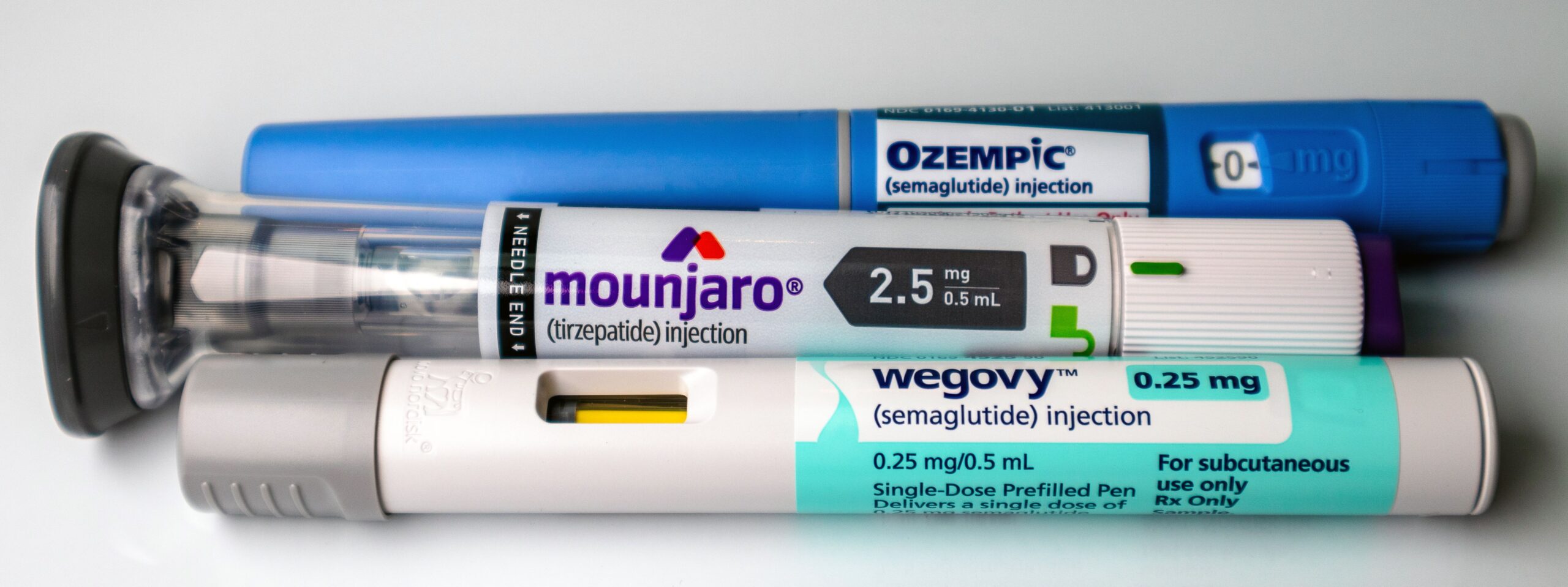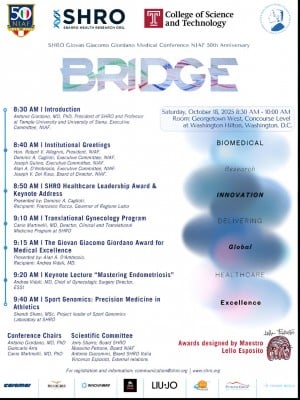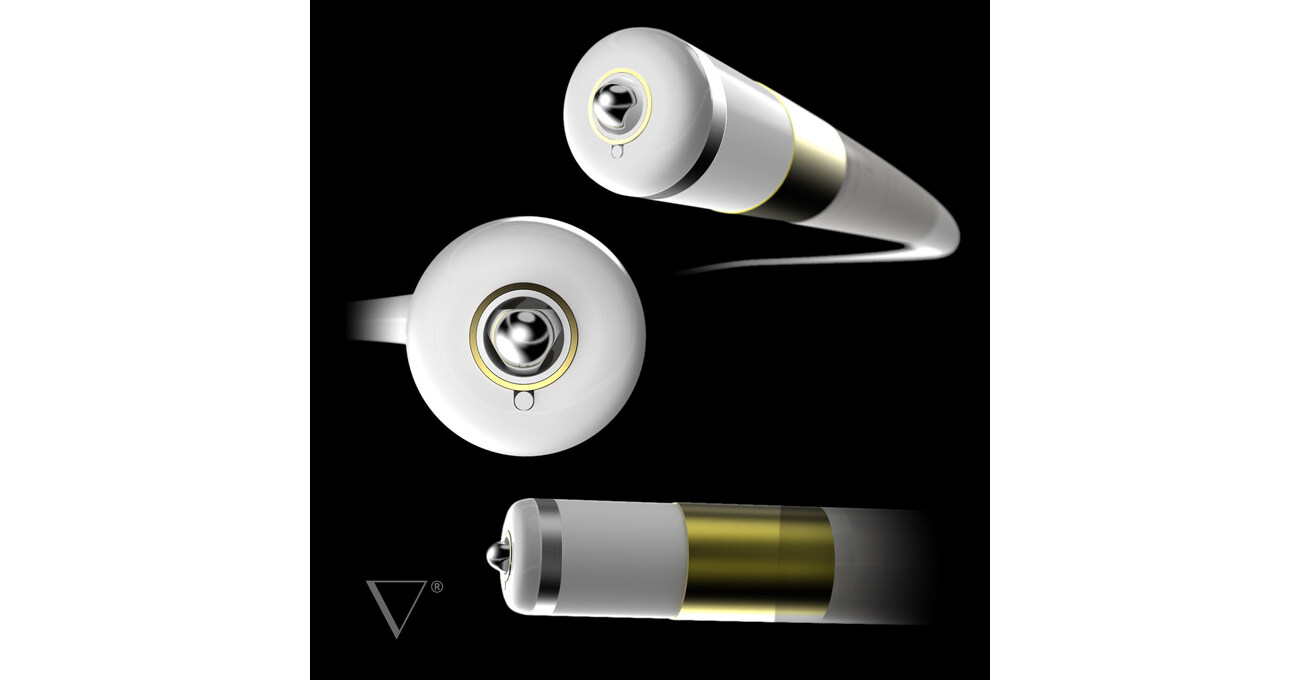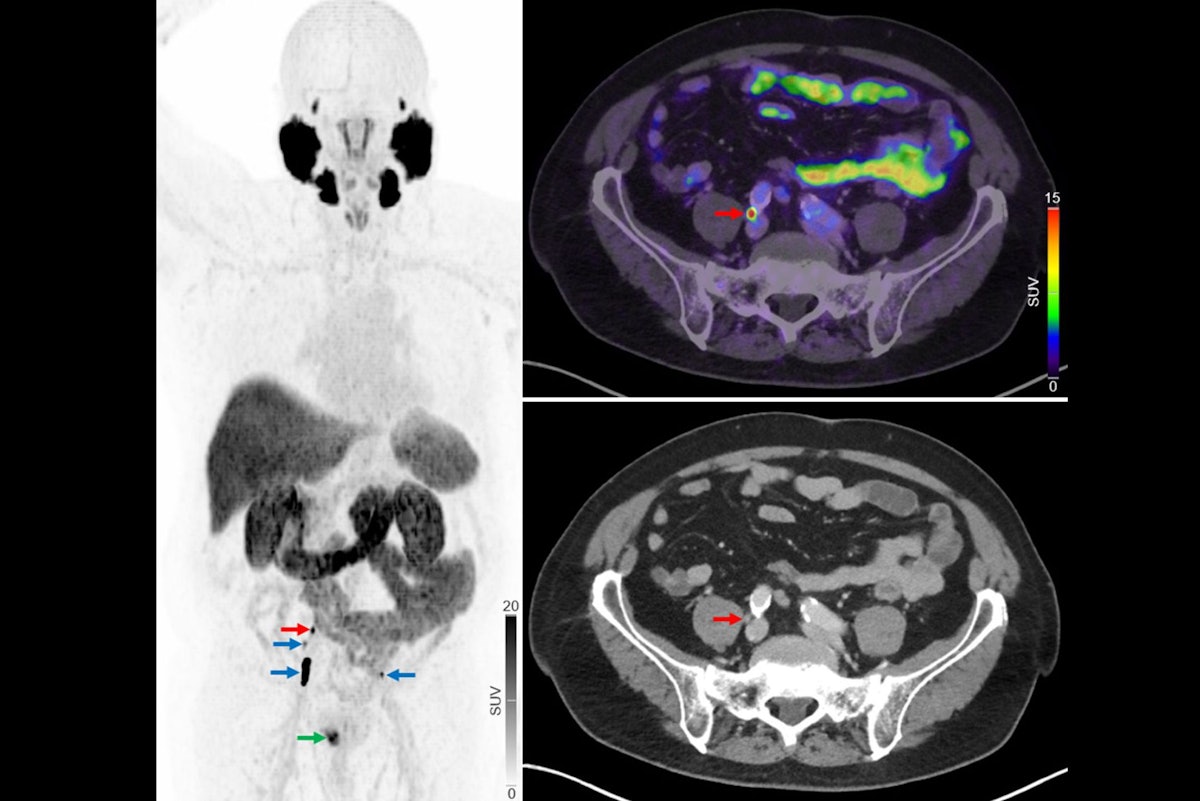Science and maintenance work continued this week aboard the International Space Station, but updates regarding those activities have been all but halted by the U.S. government shutdown. Japanese astronaut Kimiya Yui’s social media posts were the…
Replacing F-18 sodium fluoride (NaF) PET/CT imaging with F-18 prostate-specific membrane antigen (PSMA) PET/CT can improve treatment decisions among men with newly diagnosed prostate cancer, researchers in Denmark have reported.
Among 160…









